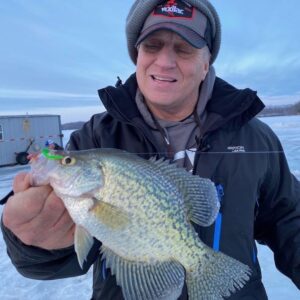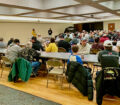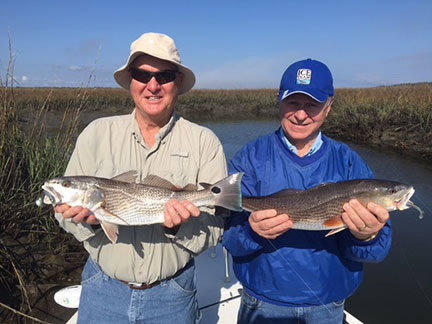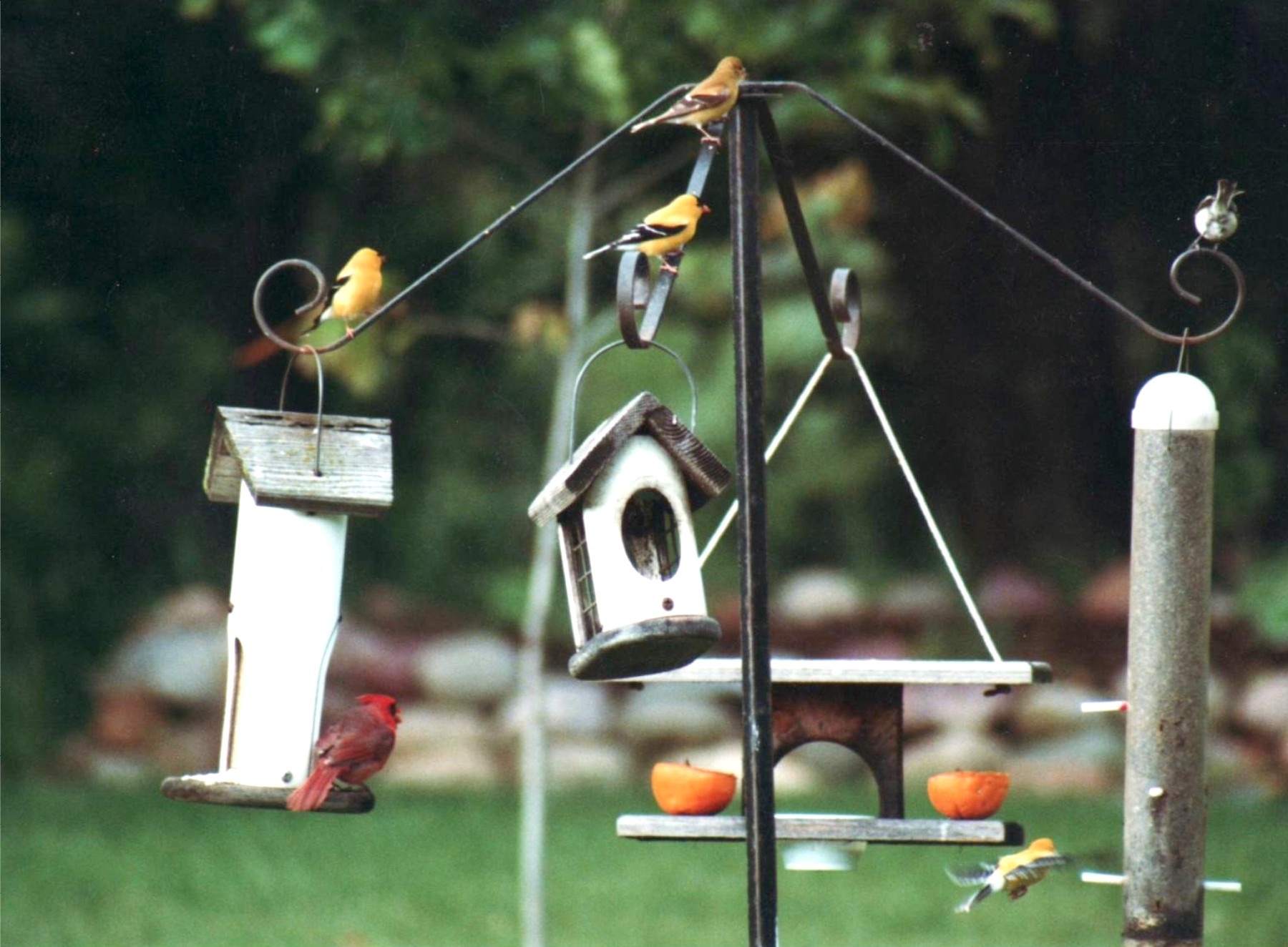By Bob Jensen
Fishing the Midwest Fishing Team

(photo by Bob Jensen) This slab crappie ate a spoon that was on the end of Mike Frisch’s line.
The calendar indicates that the ice fishing season is winding down. In some states or certain areas of some states, regulations prohibit fishing for walleyes and a few other species at this time of year. There are still plenty of fish to target though, and they can be very willing to bite during this latter part of the ice fishing season.
Crappies are one of those species that can provide lots of action as the ice fishing season winds down. There are a couple of things that we can do to increase the odds of getting them to bite.
Late in the ice fishing season it’s often possible to fish outside of a shelter in jeans, bibs, and a sweatshirt. The direct rays of the sun and the reflected rays of the sun off the ice and snow provide plenty of warmth. It was this sort of day a couple of years ago that I got on the ice for an afternoon of fishing with Mike Frisch.
Mike is a fishing guide, fishing educator, and the host of Fishing the Midwest television. Mike fishes as much as almost anyone and more than most. On this day we were after crappies. Mike revealed some crappie ideas that day that will enable an angler to catch more crappies through the ice in many Midwest bodies of water.
As with any fish at any time of the year, you’ve got to put your bait where the fish can see it. Crappies are often thought of as a fish that hangs near brush or some other type of cover, and in some places they do prefer those locations. But in areas where crappies are caught through the ice, the basin of the lake is often where they’re found.
In some lakes, the crappies will be right on the bottom in 15 feet of water; in other lakes they’ll be on the bottom 25 feet down. And, in some lakes, they’ll suspend several feet off the bottom.
Sonar enables an angler to determine where the fish are, and also helps us put a bait where the fish will see it. Frisch uses a Vexilar FLX-20 sonar to find the fish. This unit allows an angler to discover where the fish are in relation to the bottom of the lake and also makes it easy to put a bait right on the crappie’s nose.
The 20 provides outstanding target separation, which is helpful when the crappies are hugging the bottom and also in positioning your bait in relation to the fish. Usually it works best to position your bait a foot or two above the targeted crappie. If the fish won’t come up to eat the bait, slowly lower it closer to the fish.
Crappies will eat jigs, spoons, and the traditional minnow on a hook below a splitshot and bobber. Frisch likes those days when crappies are eating spoons the best. Crappies that eat spoons are usually larger, and they’re usually more aggressive. Lately he’s been having outstanding success with sixteenth ounce Jointed Pinhead Pro spoons.
If fish are seen on the sonar but won’t eat the spoon, the next offering will be a tiny tungsten jig, something like a Drop-Kick jig tipped with a piece of plastic, a small minnow, or a couple of waxworms. If that doesn’t do the job, the plain hook/minnow/splitshot will be lowered to the fish. If they won’t go for that set-up, they’re being too fussy and we’ll go looking for other crappies that are more willing to get involved with the catching part of fishing.
I have fond memories of catching late ice crappies through the ice in Minnesota, Wisconsin, Iowa and South Dakota. If you keep these ideas in mind next time you’re on the ice and crappies are below, you have a very good chance of getting those crappies to join you above the ice.














